Thyrsostachys siamensis
Thyrsostachys siamensis also known as Monastery Bamboo, Thai Bamboo or Umbrella Bamboo is a tropical species of medium sized timber bamboo native to China, Laos, Myanmar, Thailand and Vietnam.
This species is a very graceful clump-forming bamboo (non-invasive) known for its tall and upright growth habit. The tight clump with very straight lower section and slight weeping tips makes Thyrsostachys siamensis suitable for ornamental use in narrow areas that require screening.
Monastery Bamboo has edible shoots, and the solid or near solid culms makes it a good and strong construction grade bamboo.
| Plant Info | |
|---|---|
| Scientific Name | Thyrsostachys siamensis |
| Synonyms | Thyrsostachys regia, Arundinaria siamensis |
| Common Names | Monastery Bamboo, Thai Bamboo, Umbrella Bamboo |
| Family | Poaceae |
| Tribe | Bambuseae |
| Genus | Thyrsostachys |
| Height | 7 - 13 m |
| Diameter | 2 - 6 cm |
| Growth Habit | Dense Clumping |
| Climate | Tropical - Subtropical |
| Hardiness | -4°C |
| Edibility | (4 of 5) |
| Flowering Cycle | 34-50 years |
| Origin | Cambodia, China, Laos, Myanmar, Thailand, Vietnam |
| Uses | Construction, Furniture, Basketry, Chopsticks, Umbrella and Broom Handles, Fishing Rods, Handicrafts, Paper Pulp, Food, Ornamental, Windbreak |
Culms
The slightly weeping culms with nodding tops of Thyrsostachys siamensis are on average 7-13 m tall and 2-6 cm in diameter. Culms are initially bright green when young, and become yellowish green to yellowish brown upon maturity, usually covered with persistent old culm sheaths.
The culm internodes are very thick walled and almost solid near the base, but hollow from the middle towards the top. The internodes are on average between 15-30 cm long and separated by slightly thickened prominent nodes, and a white ring below the nodes.The lower nodes are covered with a circle of rootlets and when young with fine, golden-brown hairs.
Culm sheaths
Culm sheaths of Thyrsostachys siamensis are persistent and 20-25 cm long by 10-20 cm wide near the base.
The culm sheaths are pale green when young and turn pale brown with age. The upper surface of the sheath is covered with pale appressed white hairs, while the lower surface of the sheath is not hairy.
Rhizomes
Thyrsostachys siamensis is a densely tufted, sympodial (clumping) bamboo.
Branches
Branches arise from the midculm nodes upwards and have one dominant (larger) primary branch, usually with one or two slightly smaller (“subdominant”) secondary branches and a few small branches along their length.
The missing branches on the lower two thirds makes this a popular ornamental species.
Leaves
The narrow lance-shaped leaves have a pale green color and are 7-15 cm long and 6-12 mm wide.
Shoots
Young shoots have a pale to purplish-green color and a long sheath with brown hairy margin.
Habitat
Thyrsostachys siamensis is found naturally in dry or semi-evergreen forests with a pronounced monsoonal climate and poor soils. However, Monastery Bamboo will grow on a wide range of soils, provided they are not waterlogged.
Common in mixed deciduous and teak forest. Pure stands often occur in hill forest, at moderate altitudes of 300-400 m , with an annual rainfall of 800-1000 mm. This bamboo species tolerates temperatures up to –4°C.
Flowering
Flowering of Thyrsostachys siamensis is sporadic and gregarious. In Thailand sporadic flowering is common, and usually occurs between November and February. Mature seed can be collected from February to April. After flowering, culms usually die. In India, it flowers gregariously with intervals of approximately 48 year cycles.
Uses
In its native area, Monastery Bamboo is one of the most useful bamboos. The culms serve for house construction, furniture and general household uses, as well as raw material for cottage industries.
In Thailand the culms are also widely used to make woven baskets, chopsticks, broom sticks, handicrafts, fishing rods and they serve as raw material for paperpulp and as fuel. The species is often used to produce umbrella handles for people of high rank and status, as well as for monks and priests.
Young shoots are consumed as a vegetable and considered as among the best edible bamboo shoots.
Because of its elegant appearance it is a popular ornamental plant by Buddhist monks around temples. It is also planted in rows as fences or as windbreaks.
Cultivation
Thyrsostachys siamensis is fairly quick growing and extremely low maintenance once established. It is also very drought tolerant.
It grows best in areas where annual temperatures are within the range 20 - 29°C. Once established, clumps can survive temperatures of -4ºC, but the key is to keep the soil on the dry side during any frost. Protect any bamboos under the age of 2-3 years old from any frost using sheeting or a horticultural fleece.
It prefers a mean annual rainfall of 1000 - 2000 mm, but is found in areas both with and without a distinct dry season.
Thyrsostachys siamensis is often found in poor soils in the wild, though it can tolerate a range of soils if they are well drained. Prefers a pH in the range 6 - 6,5. Thrives at 300 to 1,000 meters.
Optimum planting distance is 4 m × 4 m.
Origin
Native to:
China South-Central, Laos, Myanmar, Thailand, Vietnam
Introduced into:
Bangladesh, Malaya, Sri Lanka, Sulawesi


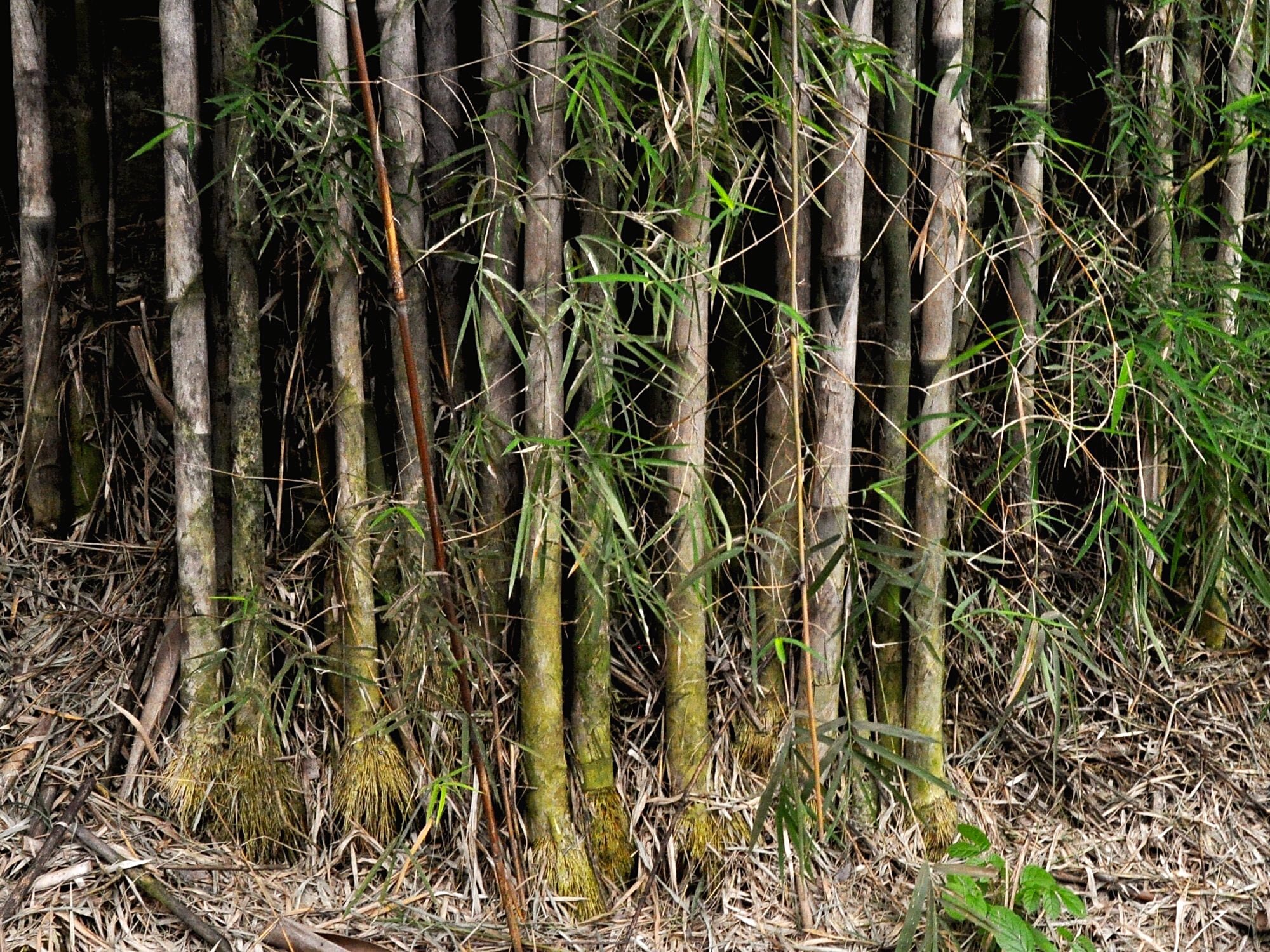


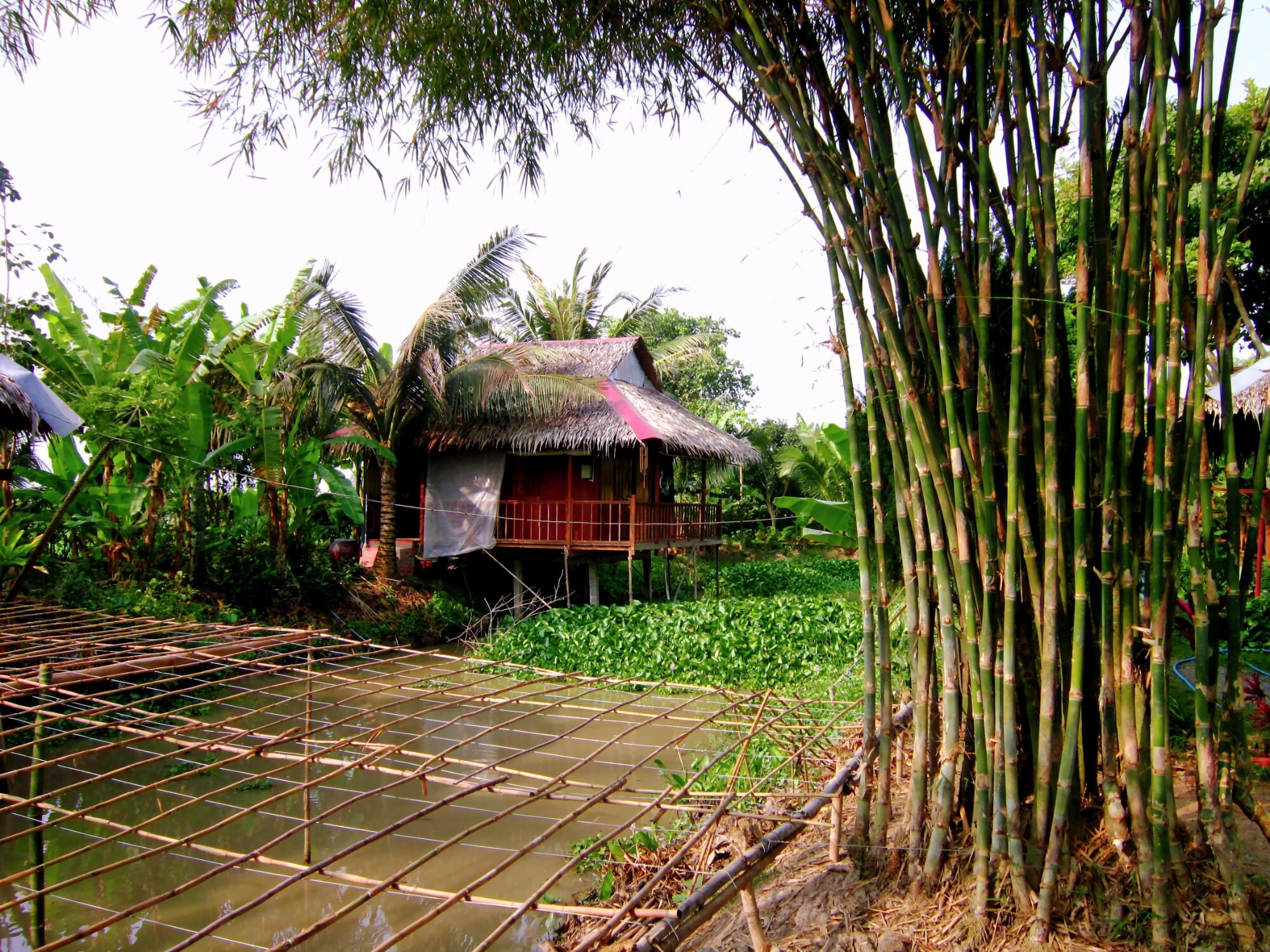


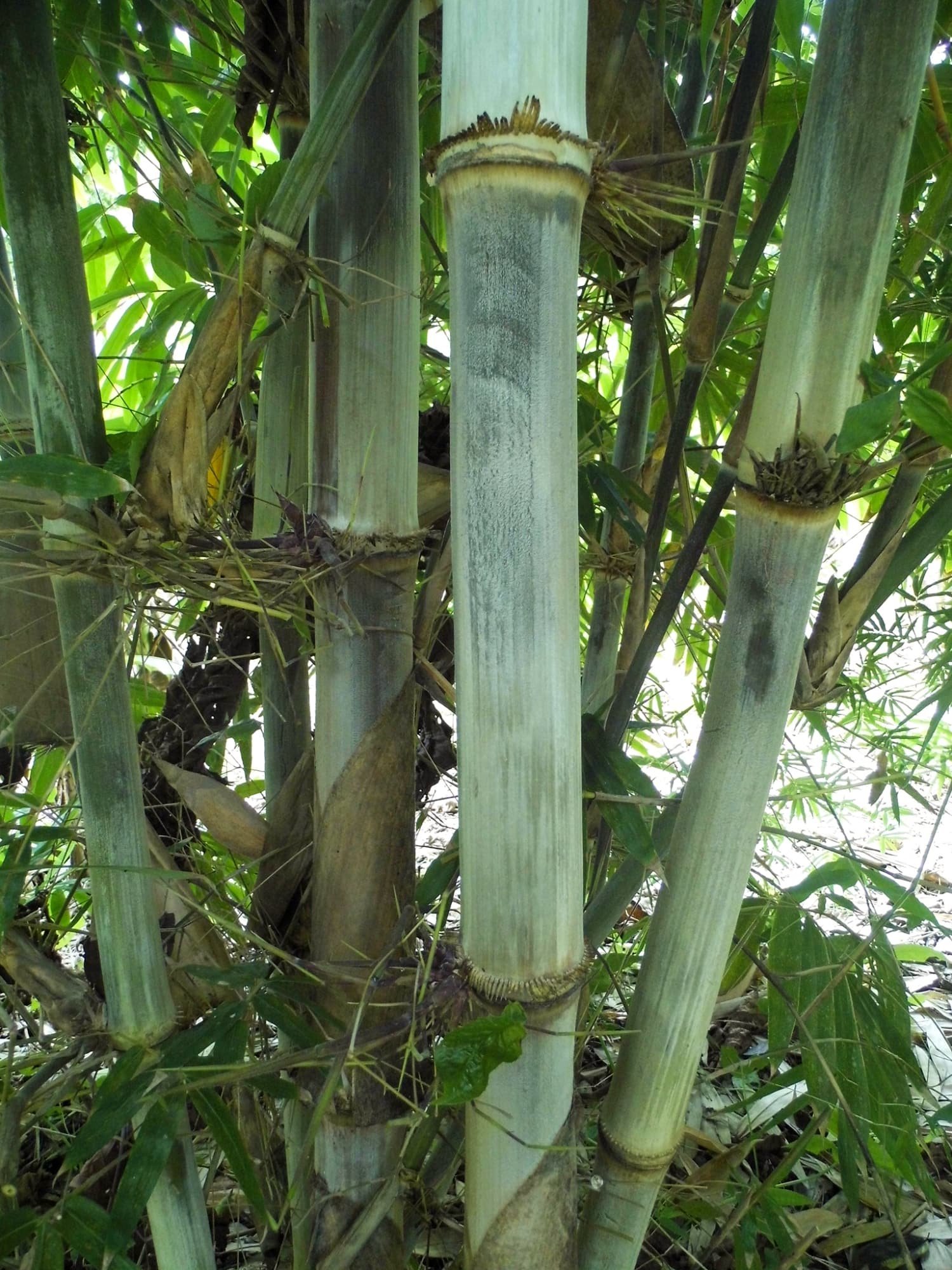


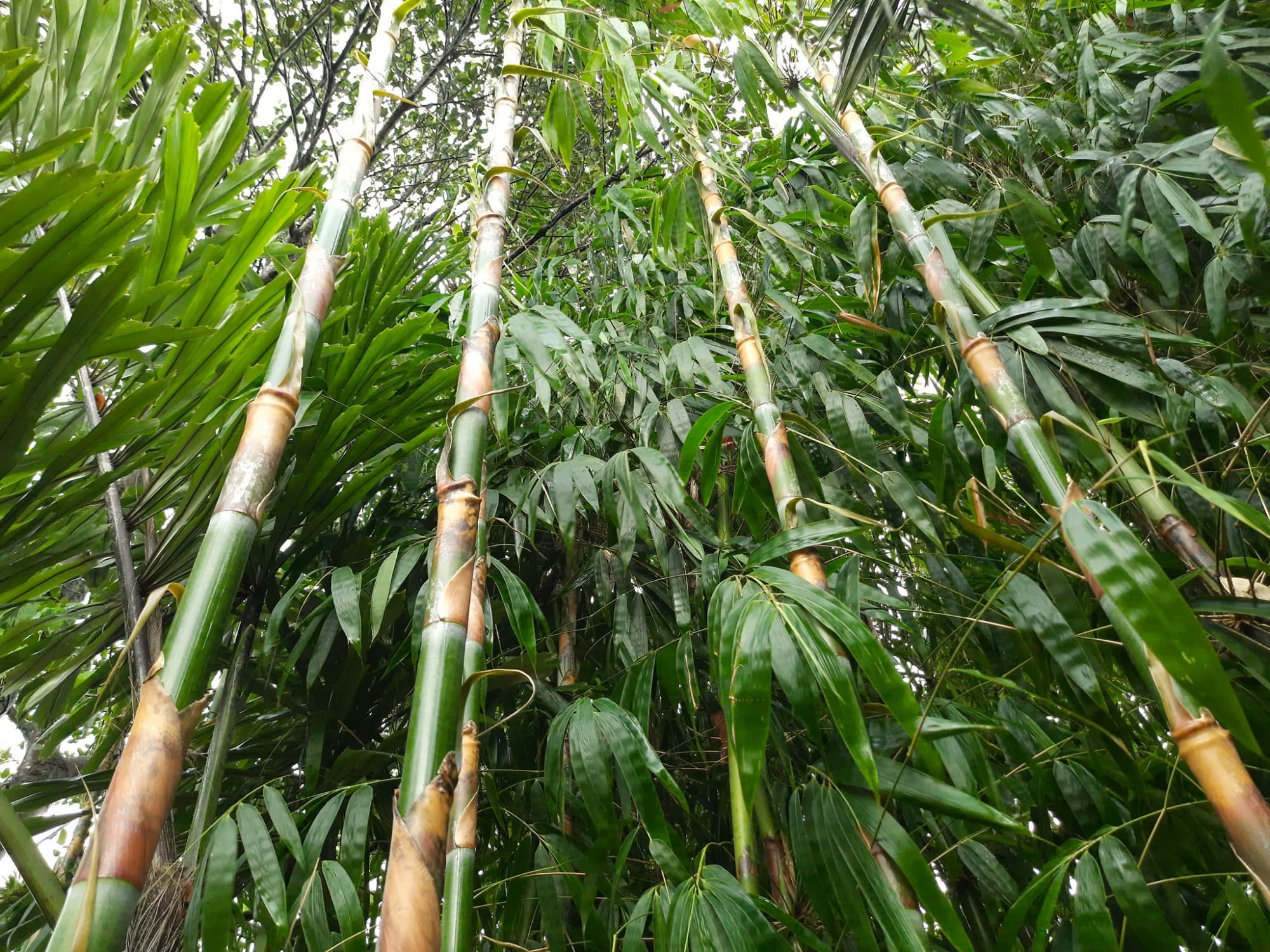
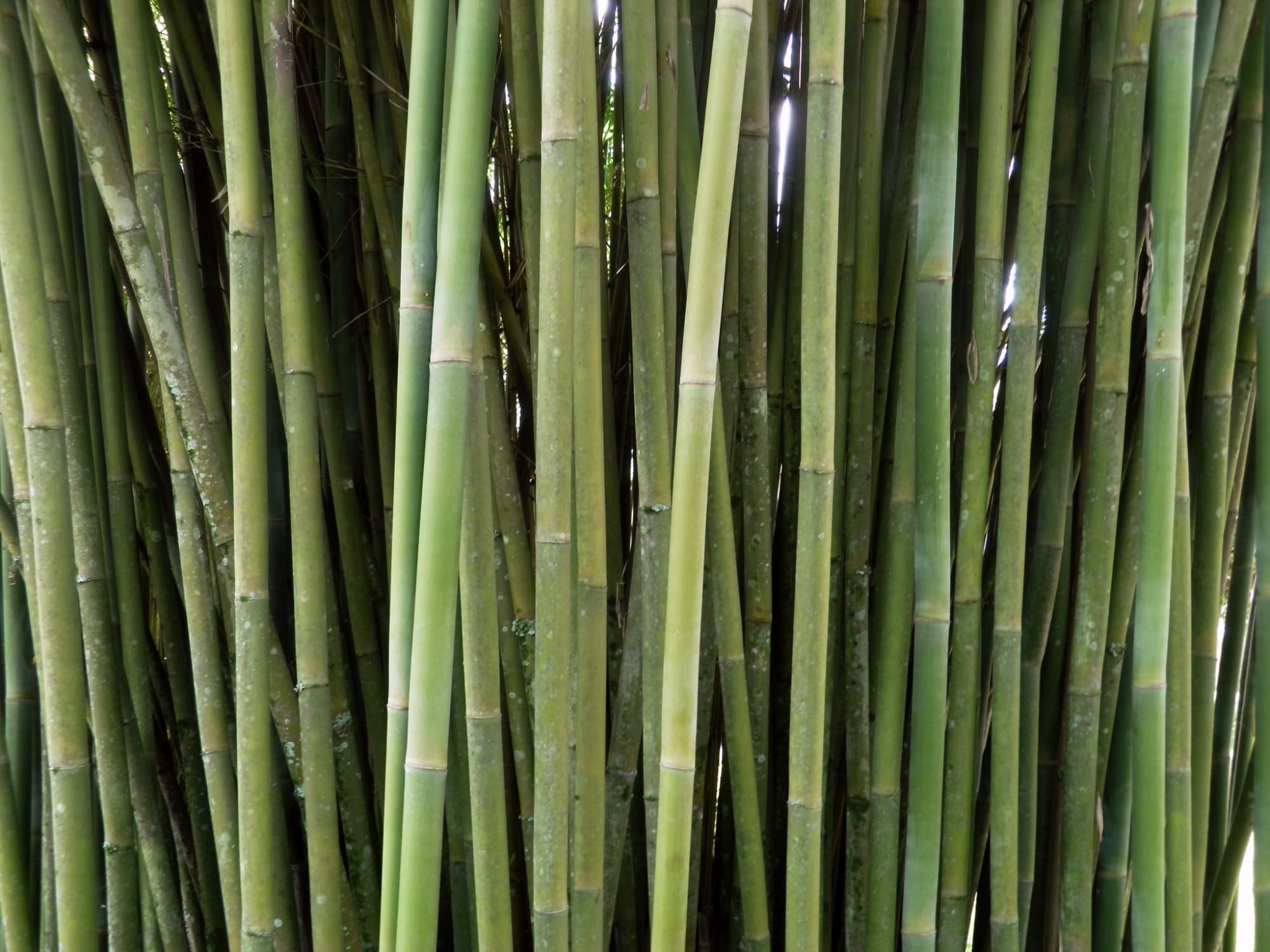
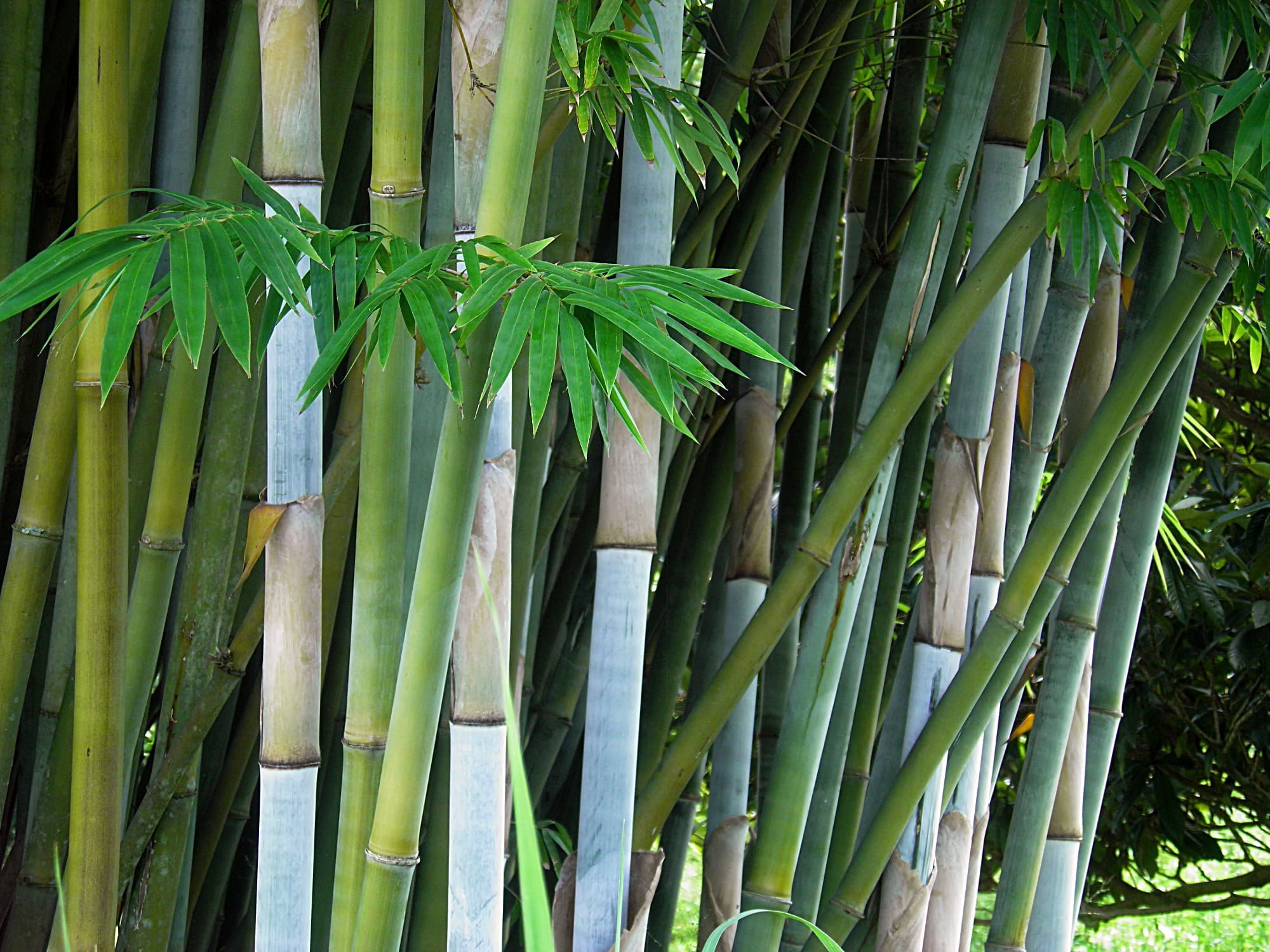
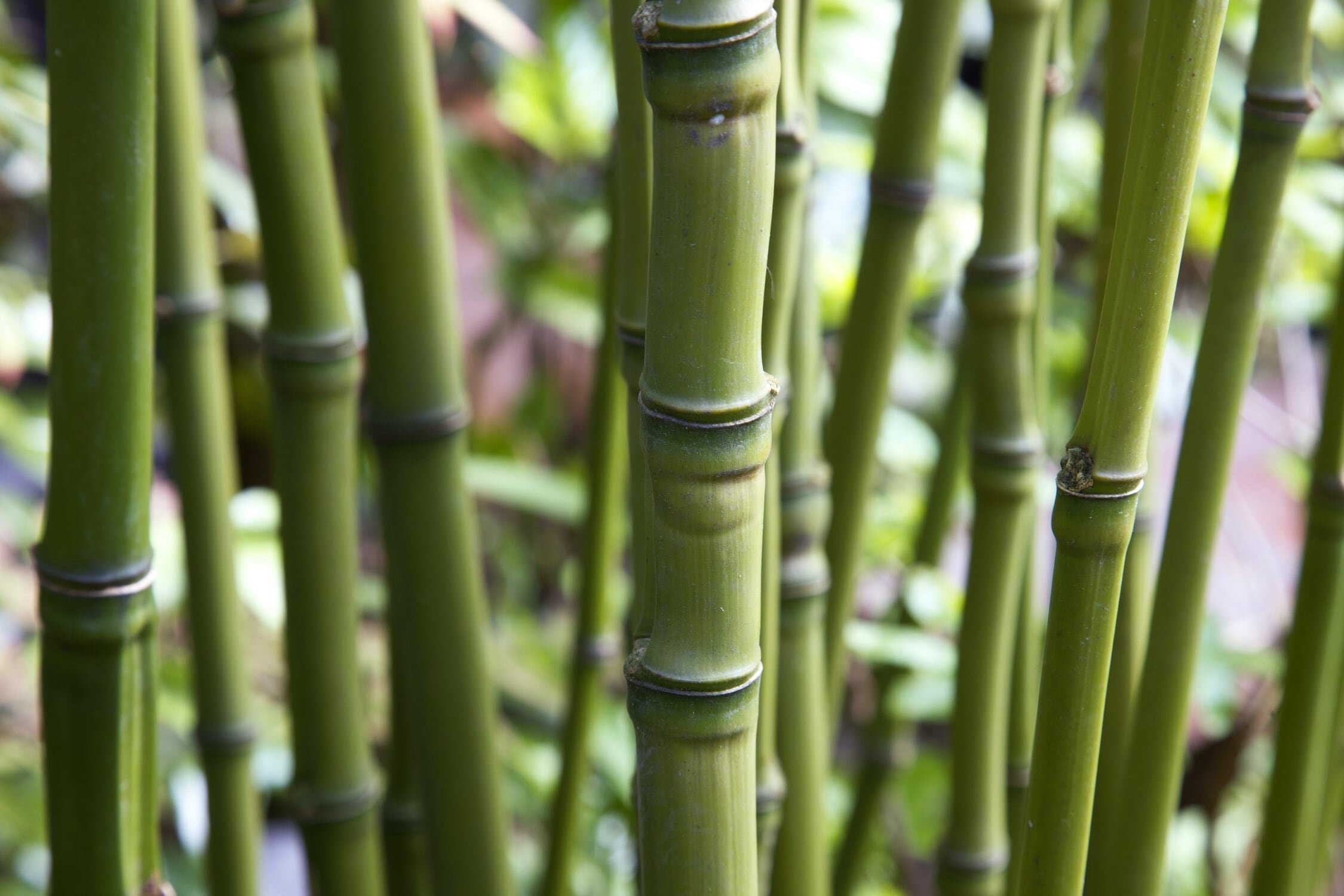
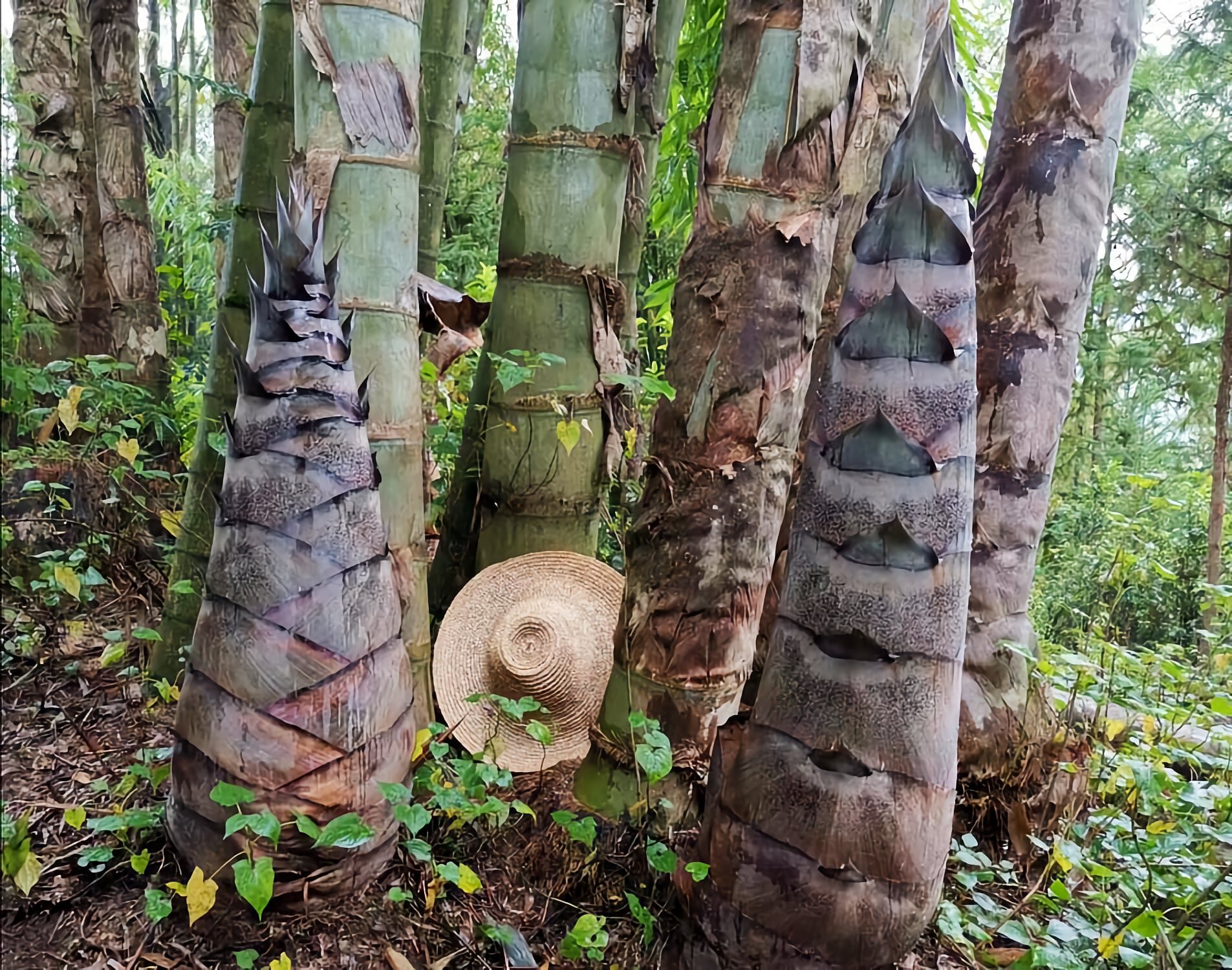


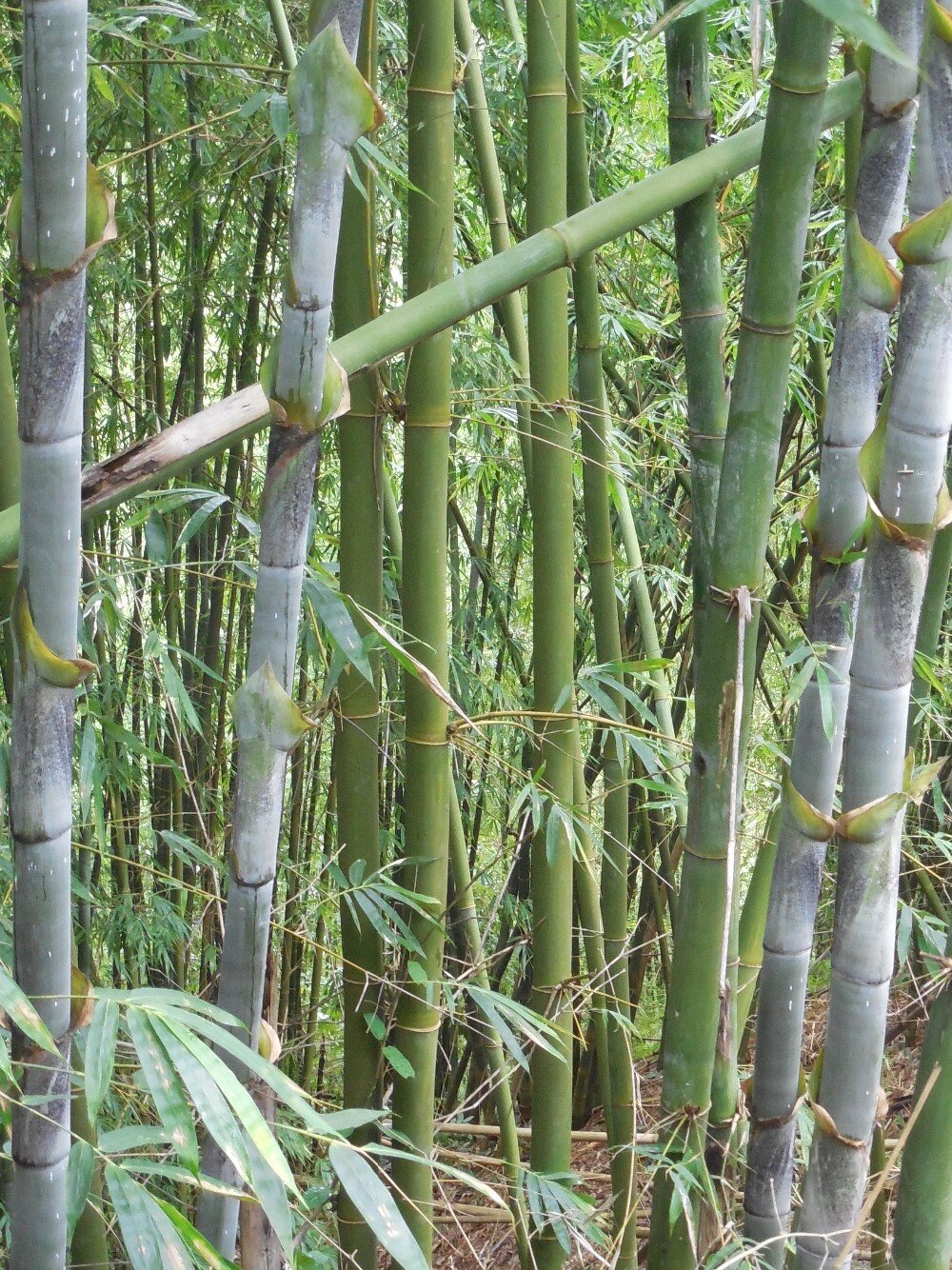
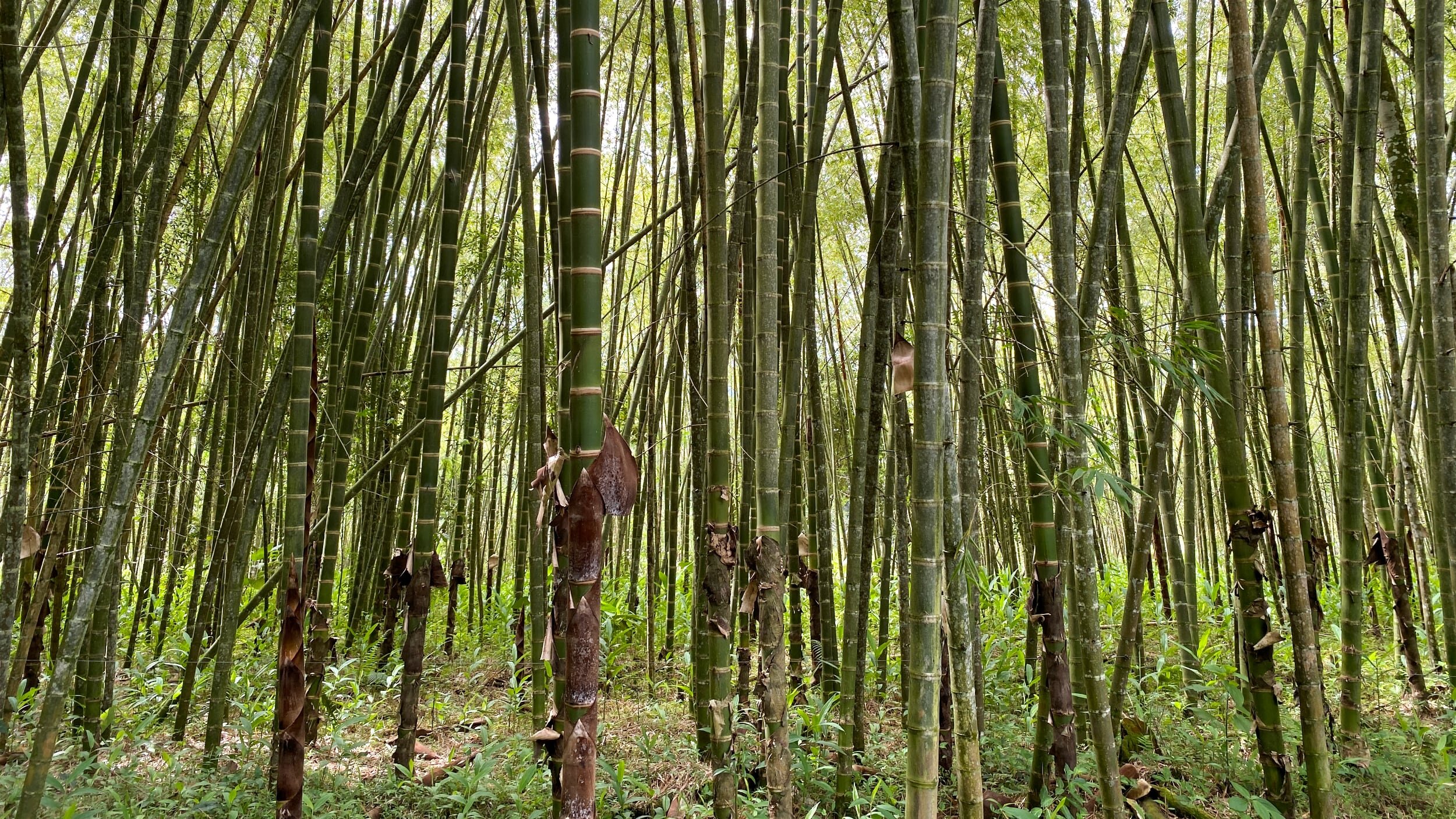
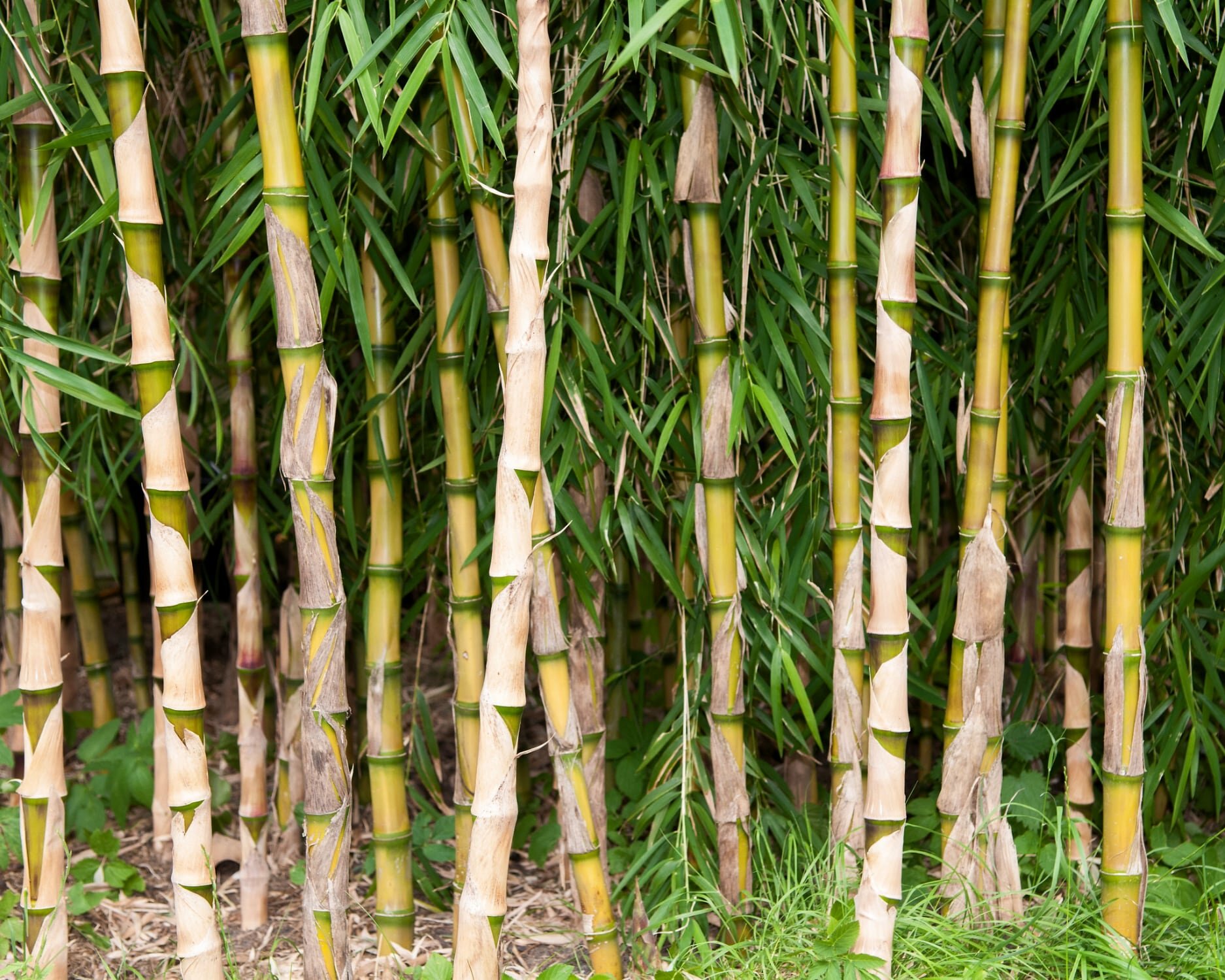


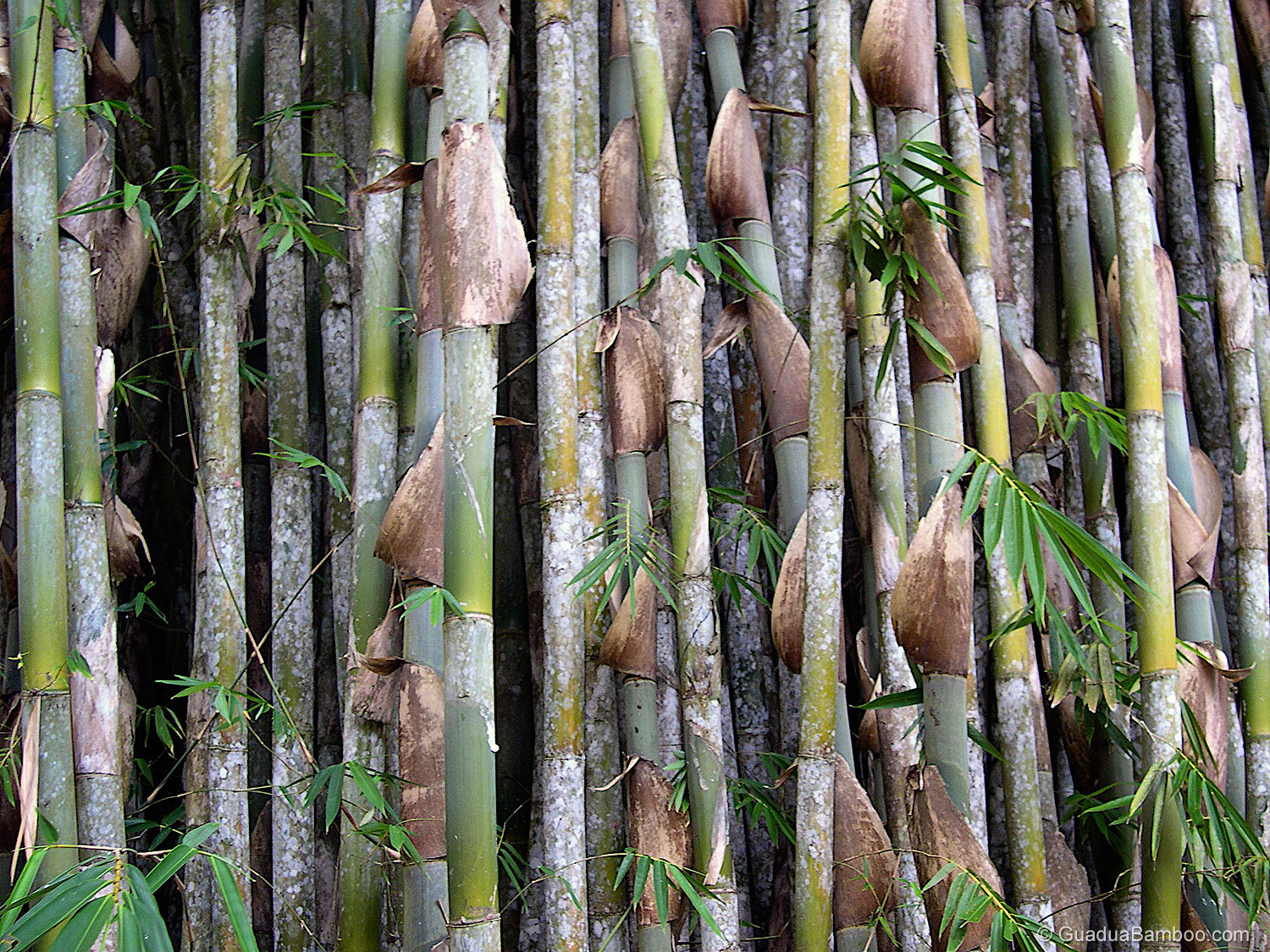









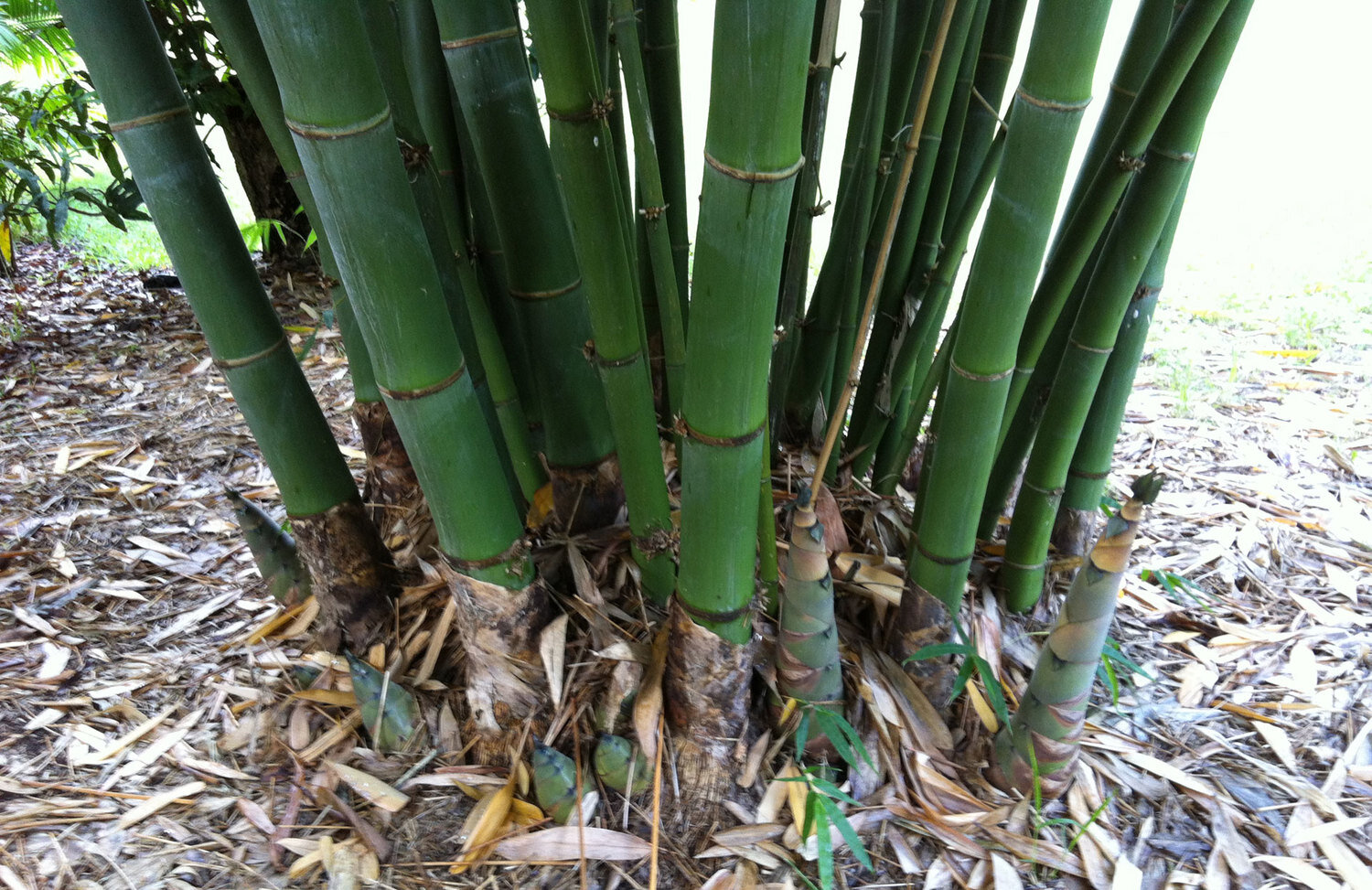




Date planted: 26 October 2021
Growth update: 20 November 2022
Adopted by: